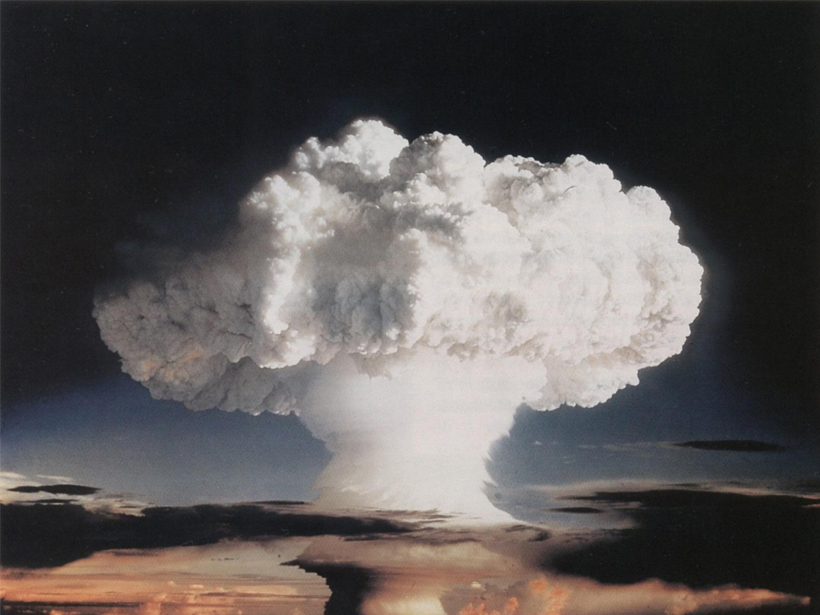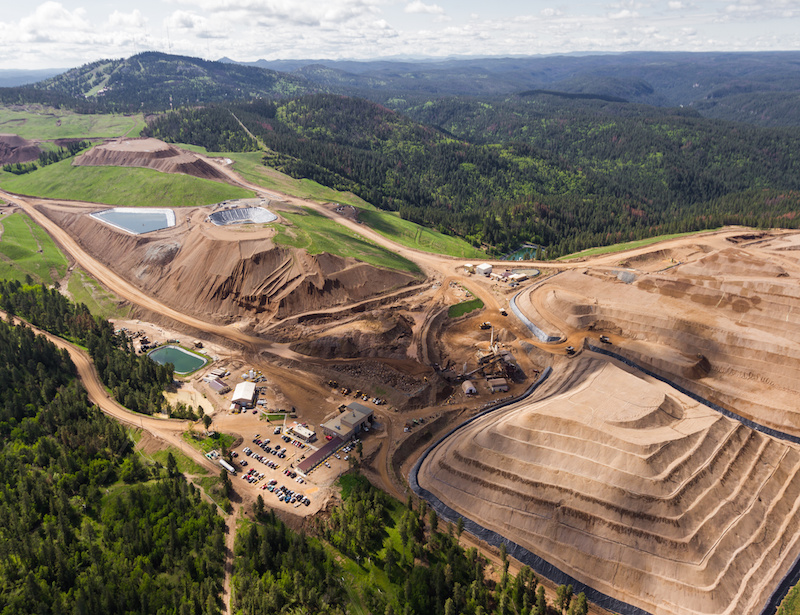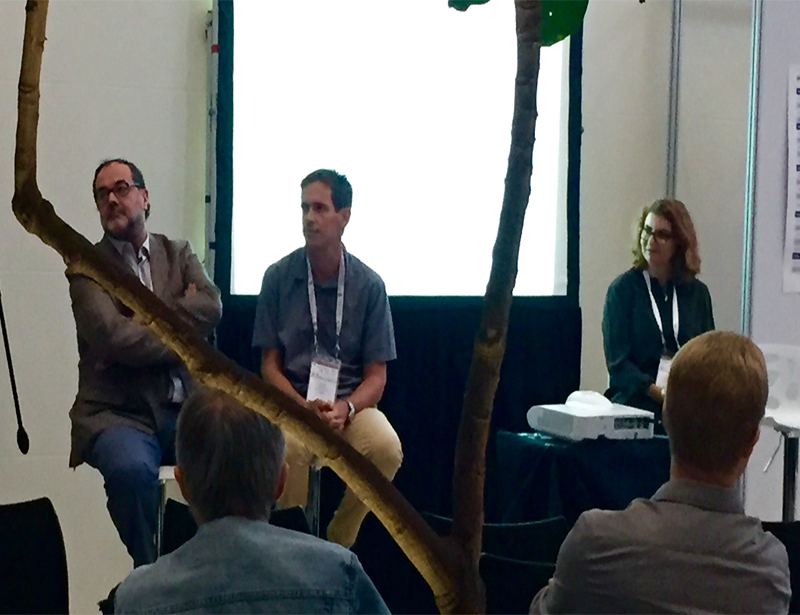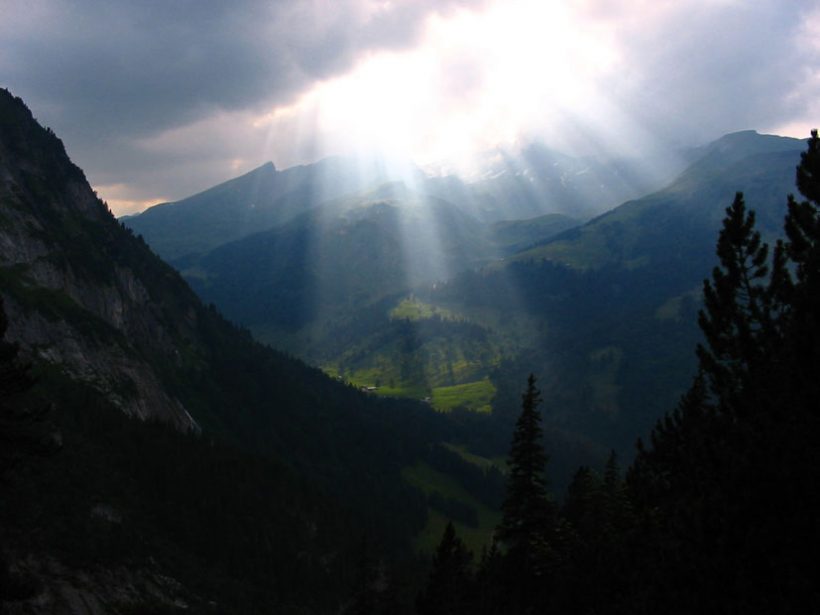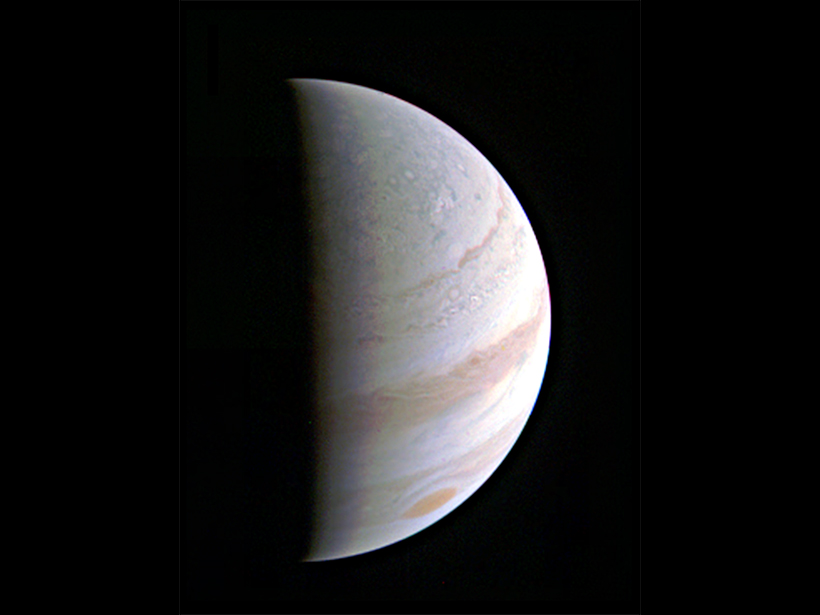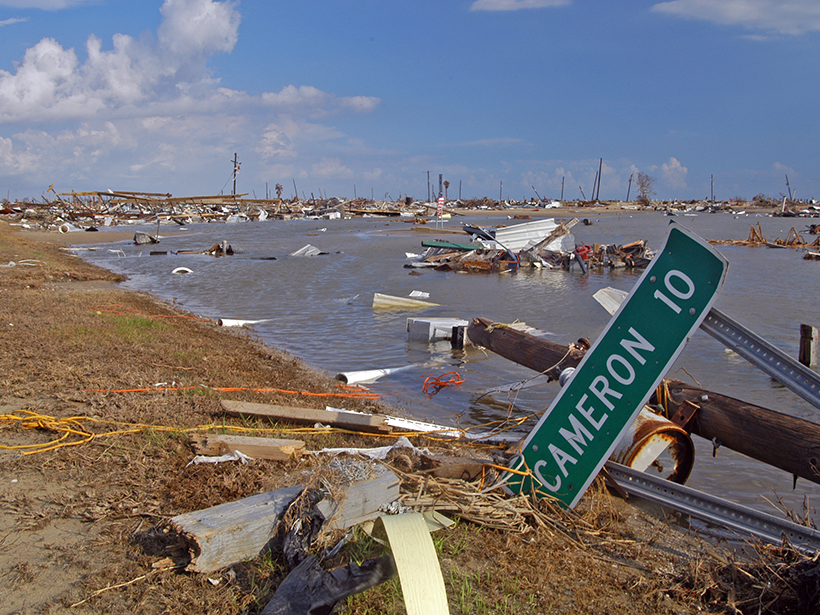A formal proposal could take 3–4 years to prepare and then would require evaluation and approval by other scientists.
CC BY-NC-ND 2016
The Role of Seafloor Methane in Ancient Global Warming
New research suggests that release of methane from seafloor hydrates was much slower than hypothesized during a period of rapid global warming about 56 million years ago.
New AGU Congressional Science Fellows Take the Hill
This year's fellows hope to use their unique expertise to guide policy makers and shape legislation on pressing issues, such as climate warming and resource management.
Resourcing the Future
How do we ensure a supply of needed mineral and other resources while minimizing energy and water use and environmental impacts, as well as recognizing social justice, international equity, and more?
Tremors Reveal the Structure of Deep Glacial Shafts
Seismic waves produced by free-falling meltwater could improve understanding of glacial drainage processes.
Subterranean Caverns Hold Clues to Past Droughts
Cave formations offer highly resolved paleoclimate data that scientists plan to use to reconstruct California's ancient patterns of drought.
Elevating Planetary Science in Africa
Although planetary sciences may be perceived as long-term fundamental research with little direct and immediate benefit for populations, expanding planetary science programs can have many benefits
Incorporating 3-D Cloud Effects into Weather and Climate Models
Researchers explain how a new radiative scheme can be incorporated into global weather and climate models to better capture the effect of clouds on climate.
Juno Makes Closest Ever Orbit of Jupiter
NASA plans to release more pictures soon, including views of the planet's atmosphere and its north and south poles, all in unprecedented detail.
Collaboration to Enhance Coastal Resilience
Integrating models from the social and natural sciences could generate a more holistic approach to climate change response planning in coastal communities.

